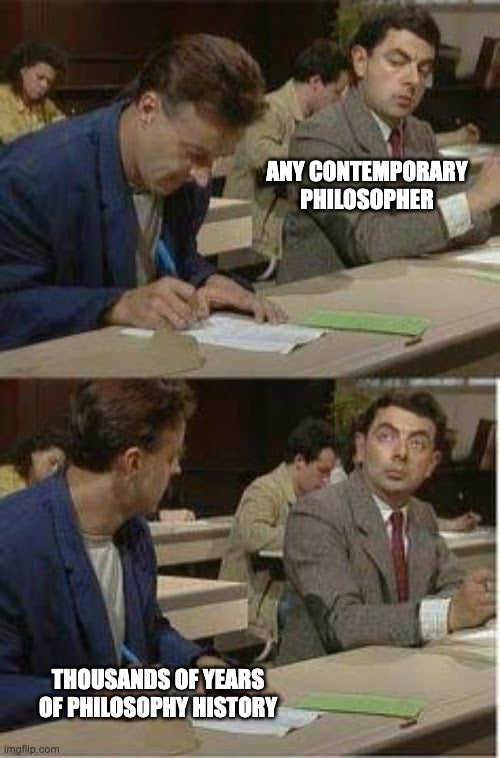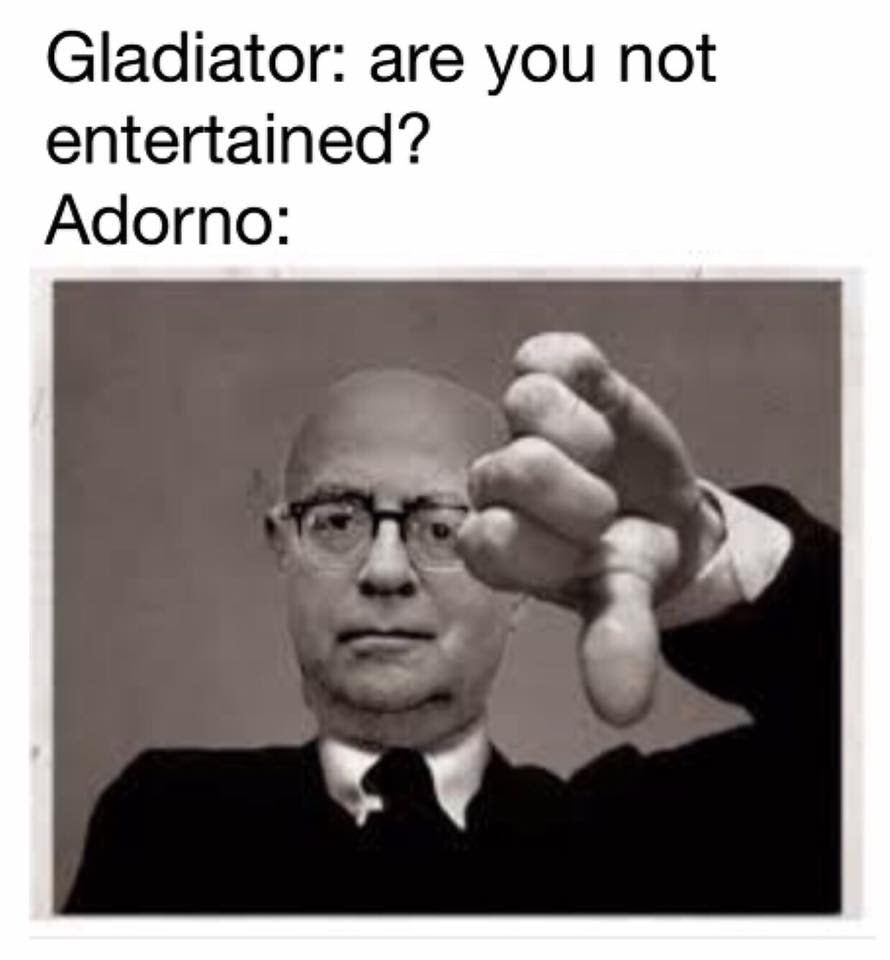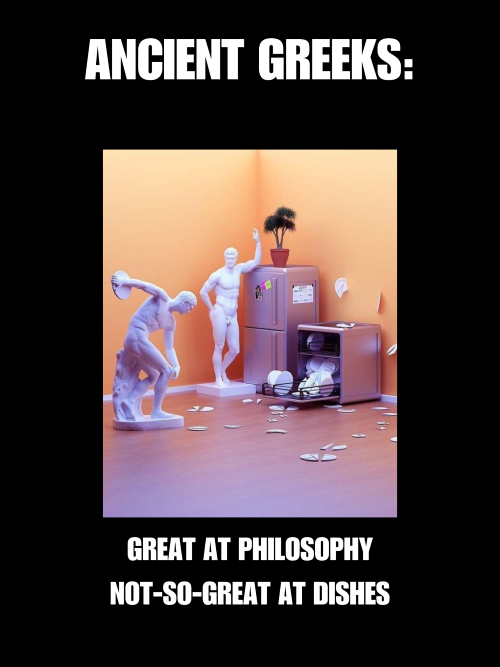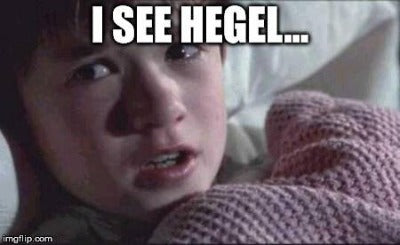Philosophical Dictionary
-

Dreams, Mirrors, and Invisible Coffee: Discover the Truth
By Caroline Black
The final par of the "Philosophy Carol" series. Meeting the Ghost of Philosophy in an eternal cafe brings you to an epiphany. -

Meet the Ghost of Philosophy Present: A Journey Through Life's Big Questions
By Caroline Black
The third part of the "Philosophy Carol" series in which you meet the Ghost of Philosophy Present, coming along for a random and musical ride. You see how philosophy currently works in the world. -

Wake Up! You're Being Visited by the First Spirit of Philosophy
By Caroline Black
The second part of the "Philosophy Carol" series in which you are visited by the Spirit of Philosophy Past, glimpsing the history of philosophy while receiving bonks on the head from an ancient tome. -

How Language Shapes Thought: Exploring Wittgenstein's Philosophy and the Sapir-Whorf Hypothesis
By Markus Uehleke
Discover how your language might be shaping—or limiting—your thoughts. Explore Wittgenstein's revolutionary "language games" concept and the truth behind the Sapir-Whorf hypothesis. Learn why linguists believe the words we use influence but don't determine our perception of reality. -

How to Laugh Evil in the Face--with Philosophy!
By Caroline Black
A philosopher's toolkit for empowering critique of the powerful through the lens of Mel Brooks' "The Producers" and Hannah Arendt's concept of the "banality of evil." Though humor and satire you, too, can speak up, knowing everyday evil is only human. -

Tonight You Will Be Visited by Three Spirits
By Caroline Black
A chilling tale in which you are visited by the Zeitgeist, a timely spirit, who warns you about your own complacency and overthinking. Based off Charles Dickens' classic "A Christmas Carol," this chilling seasonal tale introduces us to the Three Spirits of Philosophy. To be continued.
















